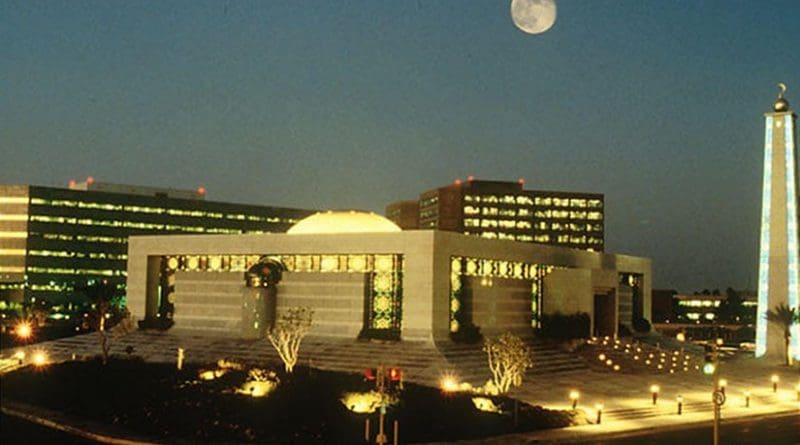Lessons Learned In Saudi Aramco’s Monster Bond Offering – OpEd
By Arab News
By Frank Kane*
As even The Washington Post grudgingly recognized, foreign investors did indeed “flock” to get a piece of the action in Saudi Aramco’s inaugural international bond sale.
The Saudi oil champion could have sold the issue more than eight times over, and were even rather conservative in the end, going for just $12 billion out of the $100 billion of interest that was shown by the global financial community in the record-breaking issue.
There are several lessons to be learned from the soaraway success of the issue. For all the talk last autumn, after the murder of Jamal Khashoggi, that global investors, and Americans in particular, would treat the Kingdom like some kind of pariah over the incident in Istanbul, when it came down to cold hard cash they talked with their wallets.
There are some caveats to that broad statement. A debt issue is a pretty mathematical event, all down to calculations of coupons and yield curves. A bond issue is not the same for a foreign business leader as opening a manufacturing plant in Saudi Arabia, or joint venturing with a Saudi company. Nonetheless, the bond’s success shows that all that talk of boycotts and blacklists was just hot air.
The second lesson is that Saudi executives, in particular the “Aramcons” — as the energy firm’s workers are known — can hold their own with international business and financial leaders. Aramco CEO Amin Nasser, the “$100 billion man” according to a Bloomberg report on Wednesday, and his chairman Khalid Al-Falih, also minister of energy, invested much personal effort in the preparation and marketing of the bond.
With expert advice, they played to Aramco’s strengths as a proven leader in the international energy scene. As the prospectus made clear, Aramco is unlike any other Saudi company, probably unlike any other company in the world, in its understanding of its home and global markets, and in its ability to make money from those operations. What investor could fail to be attracted to an opportunity to be part of a company that is more profitable than Apple, as the prospectus revealed?
The third conclusion to be drawn is that the international investment community has been persuaded of the industrial logic of Aramco’s link up with SABIC. When the acquisition of a stake in the Kingdom’s leading petrochemicals business was first mooted last year, there was much talk about “financial engineering” and “shifting dollars from one pocket to another.”
But savvy global investors would not have gone for the bond issue in such big way if they thought the proceeds were going to be spent on an exercise in financial chicanery. Aramco and its advisers were upfront from the very beginning that the debt raised was going to be used to part-fund the SABIC deal, and the prospectus had detailed and lengthy arguments as to why an Aramco-SABIC merger was a game-changer in the booming petrochems business. Investors bought that rationale, as well as the bonds.
The last, but by no means least, lesson is that Aramco has added dramatically to its financial options via the bond issue. At an event in Riyadh earlier this week, as the frantic rush to buy the bonds was gathering steam, Al-Falih said that the idea was to establish a “permanent presence” in global capital markets. At a stroke, the bond issue sets Aramco up as a standard for all other corporate and sovereign issuers to reach in credit markets.
But it also leaves the door wide open for other forms of capital raising. There was some speculation that the bond’s success would negate the rationale for the much-flaunted Aramco initial public offering (IPO), and you can see why. If Aramco can so easily attract $100 billion in borrowings — exactly the amount the IPO was slated to raise — why go to all the trouble of a stock market flotation?
This misses the point. Aramco did not need to go to the markets to finance the SABIC deal. Similarly, Aramco and the government of Saudi Arabia do not especially need the cash that would be raised in an IPO. The IPO plan was, and remains, a flagship symbol of the Vision 2030 strategy to diversify away from oil dependency. It is still very much on the cards to take place in 2021.
In fact, the success of the bond could make an IPO more, not less, likely. In its 400-page prospectus, Aramco has gone maybe 75 percent of the way toward the kind of disclosure required in an IPO, which was always said to be one of the hurdles facing a market listing. The rest should be easy.
- Frank Kane is an award-winning business journalist based in Dubai. Twitter: @ frankkanedubai

